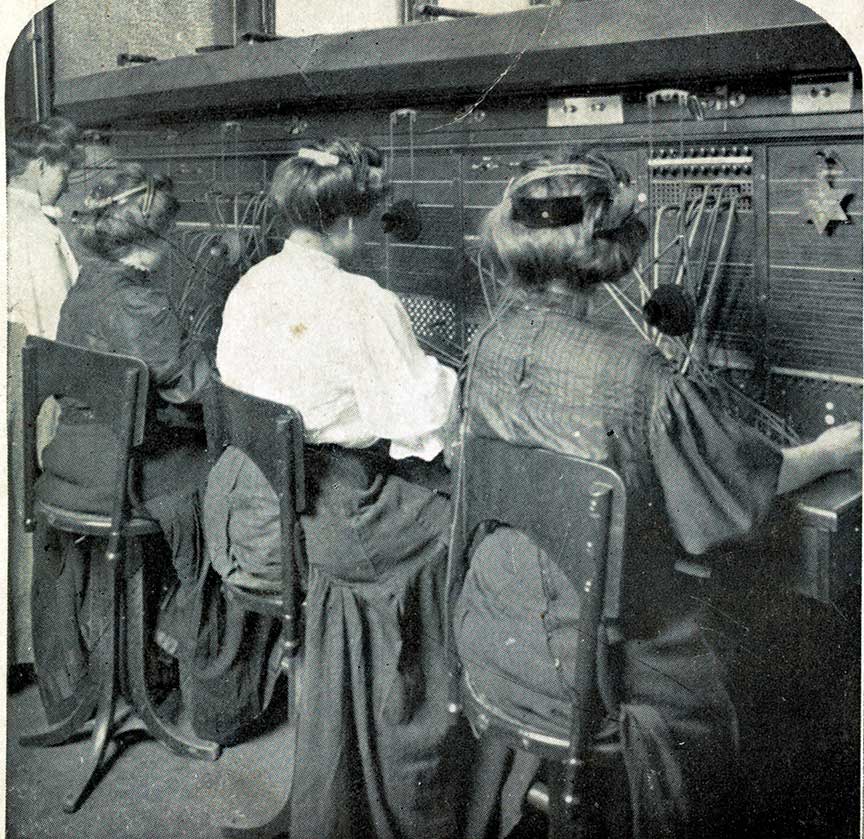1915 First Transcontinental Telephone Conversation
,

(1/25/15) Alexander Graham Bell recreated his first telephone conversation in a call between New York and San Francisco.
On January 25, 1915, Alexander Graham Bell recreated the momentous first telephone conversation he had ever conducted, this time bridging the massive distance between New York and San Francisco. The event marked the completion of the transcontinental telephone line, a technological achievement that symbolized a new era in communication. This historic call demonstrated the capabilities of the telephone and showcased the vast progress that had been made in telecommunications since Bell’s original invention in 1876.
The transcontinental telephone line was a marvel of engineering, stretching over 3,400 miles and connecting the east and west coasts of the United States. Its construction involved thousands of workers and the installation of approximately 130,000 telephone poles, making it one of the most ambitious infrastructure projects of its time. The line’s creation was overseen by AT&T and the Bell Telephone Company, with the goal of uniting the country through instantaneous communication, a concept that had seemed almost magical just a few decades earlier.
The recreation of Bell’s first conversation carried immense symbolic significance. During the original call in 1876, Bell famously spoke to his assistant, Thomas Watson, saying, “Mr. Watson, come here. I want to see you.” Nearly forty years later, Watson was again on the receiving end of Bell’s words, but this time he was thousands of miles away in San Francisco, a distance that would have been unimaginable in 1876. Bell spoke from New York, and the two men relived their historic exchange, but with a profound difference: this call represented not just the invention of the telephone but its evolution into a tool capable of connecting people across an entire continent.
The event was widely celebrated as a milestone in American innovation. It demonstrated the country’s ability to overcome geographical barriers and connect distant places with technology. The transcontinental call also had economic and cultural implications, making it easier for businesses to operate on a national scale and fostering a sense of unity among Americans. In an era when the country was still grappling with regional divisions and vast, sparsely populated areas, the telephone promised to bring people closer together.
For Bell, the moment was bittersweet. By 1915, he was no longer actively involved in the daily operations of the telephone industry, but he remained deeply proud of the role he had played in its creation. Watson, too, expressed his amazement at how far the technology had come. Their conversation, though brief, carried a profound message: the telephone was no longer a novelty; it had become a vital part of modern life.
The New York-to-San Francisco call marked the beginning of a new chapter in communication history. It paved the way for further advancements, including international phone calls, mobile telephony, and the digital communication systems we rely on today. Bell’s recreation of his first conversation served as a powerful reminder of the transformative impact of the telephone and the limitless possibilities of human ingenuity.
 >
>